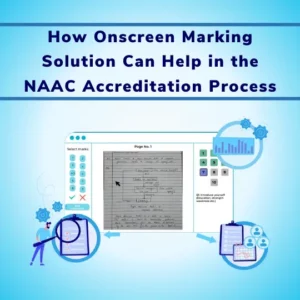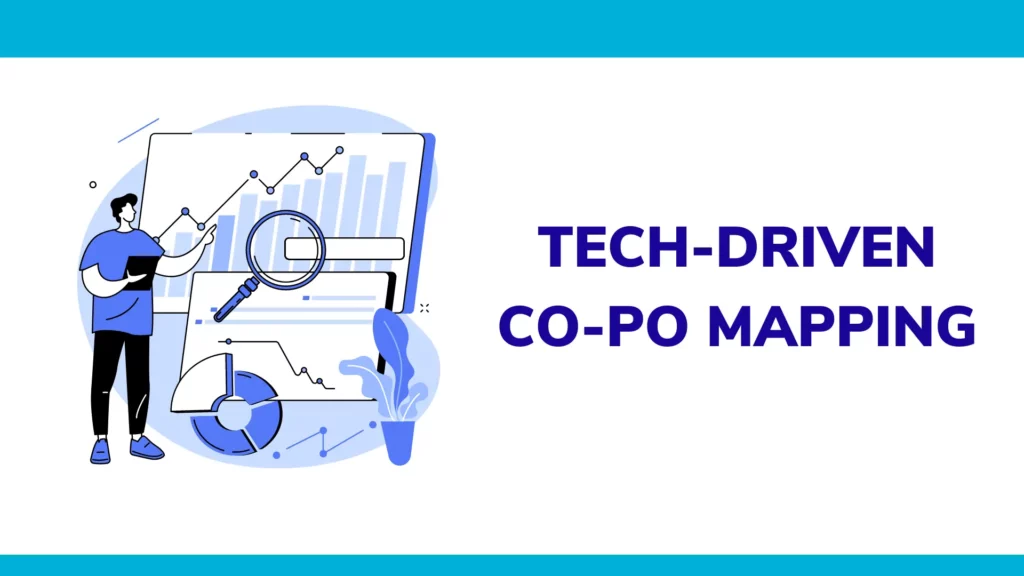
Article Contents
Introduction
According to APJ Abdul Kalam, education aims to make good human beings with skill and expertise. Through education knowledge, skills, and creativity is developed within a student. Teaching-learning-practising transfer life of students. By the traditional method of teaching-learning, the education system is inept at measuring student outcomes.
Now the 21st-century education system is moving towards Outcome-based education (OBE) is designed in such a way that it is capable of measuring student outcomes.
The National Board of Accreditation and the New Education Policy 2020 is specifically focusing on OBE which enables educators to focus on teaching learning aspects to achieve the result for the students by comparing with the set targets. In the previous article, we discussed the OBE part in detail.

OBE supports measuring CO, PO, PSO, and PEO
- Course Outcomes (CO)– Statements focusing on knowledge and skills achieved through the course.
- Program Outcomes (PO)– These are broader statements indicating what learners are likely to know and able to perform after graduation.
- Program Specific Outcomes (PSO)– These represent what a student should be able to do during graduation with a specific program.
- Program Educational Objectives (PEO)– Focus on the achievement of graduates during their careers.
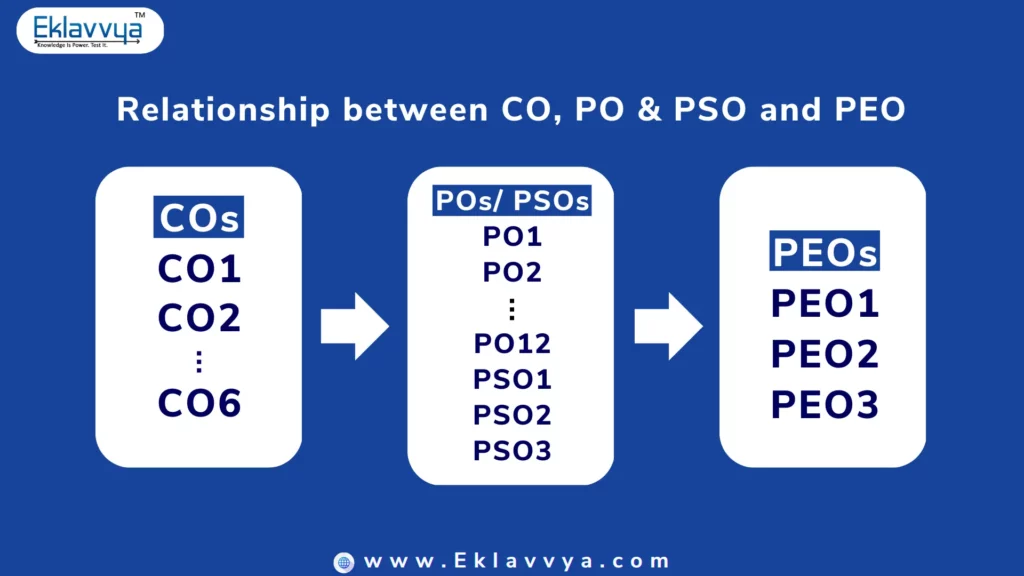
For an educator to prepare the reports with the right mapping which accelerates the student progress and attainment with respect to POs is a crucial part. So, to improve the result-oriented reports and accelerate the speed of the work Eklavvya –Process Automation Platform for NBA will support CO-PO Mapping with Software.
Defining & Mapping of CO-PO as per NBA-Program
The following are the NBA Program Outcomes (POs)-
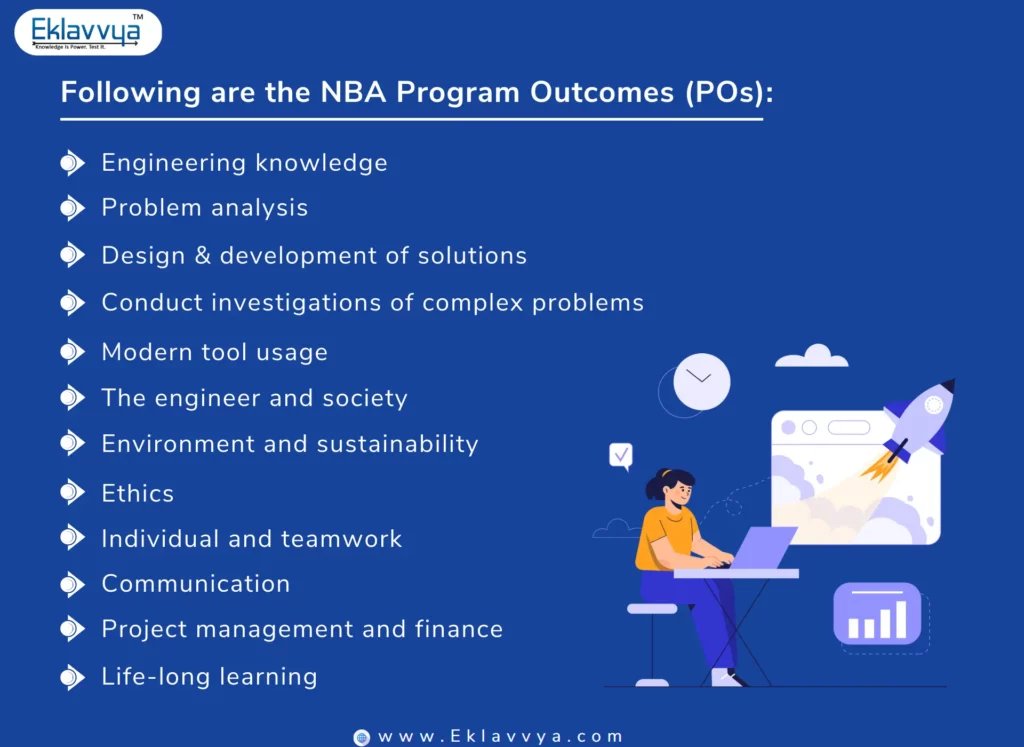
Attainment of a PO depends on the attainment levels of accompanying COS and the strength to which it is mapped. The strength of mapping is expressed at three levels, Low (1), Medium (2), and Strong (3). Different methods are available and can be defined for the mapping but implementing it across the various courses will become a tedious task for the educators and the organization. Hence it is recommended to have a common method across the organization for CO-PO mapping.
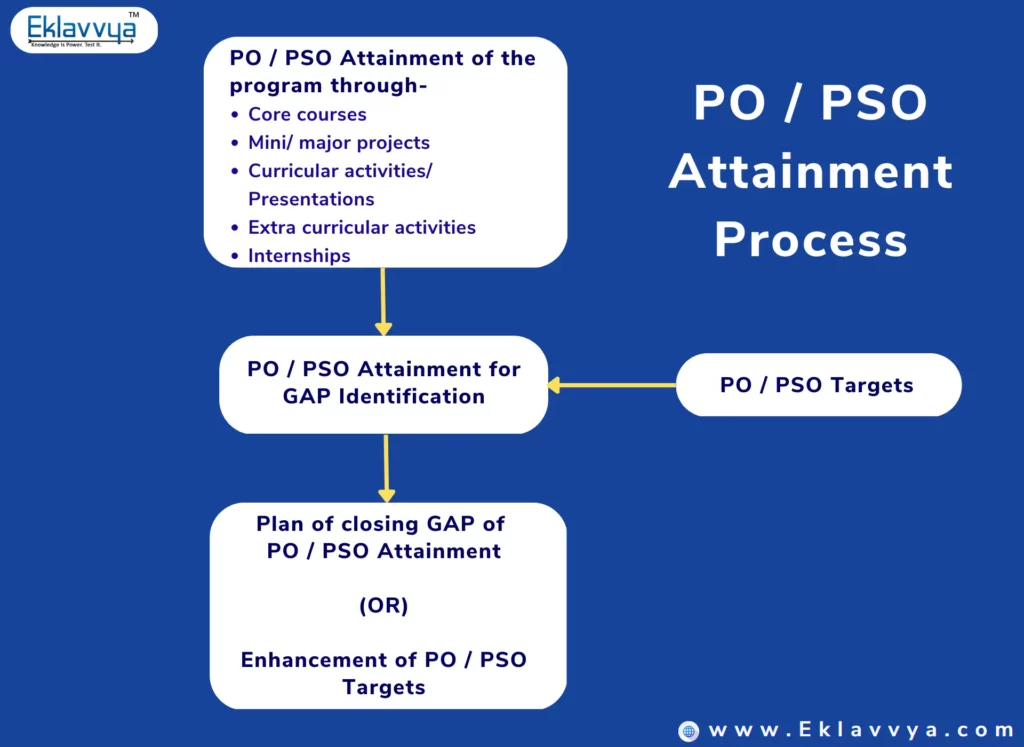
Let us have a look at an example of the course Software Testing and Quality Assurance with the credits of 3:0:1, three credits of theory, and one credit of lab. So, the Course Outcomes are given and the POs and PSOs addressed by that particular CO are also mentioned.

Software Testing & Quality Assurance- Credits: 3:0:1
Course Outcomes | POs/ PSOs | CL(Cognitive level) | KC(Knowledge category) | Class / Theory Sessions | Lab Sessions (in Hrs.) | |
| CO1 | Describe different quality factors in software. | PO1, PO9, PSO1 | U | F, C | 3 | 0 |
| CO2 | Explain concept of software testing. | PO2, PO9, PSO1 | U | C | 9 | 4 |
| CO3 | Explain different software testing levels. | PO1, PSO1 | U | C | 4 | 4 |
| CO4 | Design the test cases with the help of the testing levels. | PO3, PO4, PO5 PSO1 | Ap | C, P, PC, C&S | 10 | 4 |
| CO5 | Design test cases according to testing design techniques. | PO3, PO4, PO5 PSO1 | Ap | C, P, PC, C&S | 8 | 6 |
| CO6 | Design test plan based on the requirement. | PO3, PO4, PO5 PSO1 | Ap | C, P, PC, C&S | 6 | 6 |
| Total Hours of Instructions | 40 | 24 | ||||
If we look at CO2, it addresses the PO2, PO9, and PSO1and it has both class and laboratory sessions. So, we were able to determine what POs and PSOs were addressed by the specific CO. Similarly, it is observed with all the remaining COs shown in the above table.
Course Outcome Checklist
- Does the Proper action verb use to write CO?
- Does CO state with the proper level of relativity and generality independent of another Cos?
- Is the CO attainable?
- Is the CO stated in terms of student performance?
- Is CO based on learning products rather than processes?
So, the POs / PSOs addressed by the COs
| PO / PSO | COs | Total Number of Sessions |
| PO1 | CO1, CO3 | 3+8=11 |
| PO2 | CO2 | 13 |
| PO3 | CO4, CO5, CO6 | 14+14+12=40 |
| PO4 | CO4, CO5, CO6 | 14+14+12=40 |
| PO5 | CO4, CO5, CO6 | 14+14+12=40 |
| PO9 | CO1, CO2 | 3+13=16 |
| PSO1 | CO1, CO2, CO3, CO4, CO5, CO6 | 3+13+8+14+14+12=64 |
Now mapping strength is evaluated based on the simple technique,
- If >40% of classroom sessions/ Tutorials/ Labs address a particular PO, it is considered that PO is addressed at Level 3.
- If 25% to 40% of classroom sessions/ Tutorials/ Labs address a particular PO, it is considered that PO is addressed at Level 2.
- If 5% to 25% of classroom sessions/ Tutorials/ Labs address a particular PO, it is considered that PO is addressed at Level 1.
- If < 5% of classroom sessions/ Tutorials/ Labs address a particular PO, it is considered that PO is considered not-addressed.
Mapping Strength of Course- PO/PSO
| Number of Sessions Assigned / Allotted | PO / PSO | Mapping Strength |
| 11 of 64 (17%) | PO1 | 1 |
| 13 of 64 (20%) | PO2 | 1 |
| 40 of 64 (62%) | PO3 | 3 |
| 40 of 64 (62%) | PO4 | 3 |
| 40 of 64 (62%) | PO5 | 3 |
| 13 of 64 (20%) | PO9 | 1 |
| 64 of 64 (100%) | PSO1 | 3 |
Mapping of Course – POs/ PSO
| Course C2412 | PO | PSOs | ||||||||||||
| 1 | 2 | 3 | 4 | 5 | 6 | 7 | 8 | 9 | 10 | 11 | 12 | 1 | 2 | |
| Mapping Strength | 1 | 1 | 3 | 3 | 3 | 0 | 0 | 0 | 1 | 0 | 0 | 0 | 3 | 0 |
Based on all these mappings the PO/PSO Attainment is calculated as,
Attainment of PO/ PSO =(Average of attainments of relevant COs) * Scale Factor
Scale Factor =(Actual Mapping Strength/ Maximum Possible Mapping Strength)
=Actual Mapping Strength /3

Eklavvya –Process Automation Platform for CO-PO Mapping

Developing a relation between course outcome and program outcome for each class session/lab session/tutorial session and performing the assessment is known as CO-PO mapping.
So let us understand how Eklavvya –Process Automation Platform supports CO-PO mapping through the software.
- Pool the student progress data which includes Continuous Internal Evaluation (CIE) and End term examination. Analyzing learners’ performance is the best way for educators.
- Learner’s data is managed On a Centralized Platform where educators can add/delete/ modify the learner’s information. The complete student life cycle is maintained through the system.
- Aligning COs with Bloom’s Taxonomy for a better understanding of student performance based on learning products instead of the learning process.
- Educators can add and modify the course, its course objectives, outcomes, and evaluation parameters including rubrics for the various assessment tools.
- The software will support finding GAP analysis of the CO-PO attainment also based on historical data in the system targets can be modified in the software.
In a nutshell, Outcome Based Education (OBE) is going to be accepted by the education system as National Education Policy supports the same. As student performance plays an important role in the accreditation part in terms of CO-PO mapping, Eklavvya –Process Automation Platform will help the institutes to track the complete record of students.
CO-PO mapping and maintaining the track of the same is a bit time-consuming task for educators. By using the software, institutes can achieve their CO-PO attainment reports with accuracy and utilize the efforts of educators more in the teaching and learning process.
Eklavvya –Process Automation Platform for NBA accreditation is designed and developed in such a way that it simplifies the accreditation process of the institute in a better way with accurate CO-PO mapping results along with tracking of student performance.



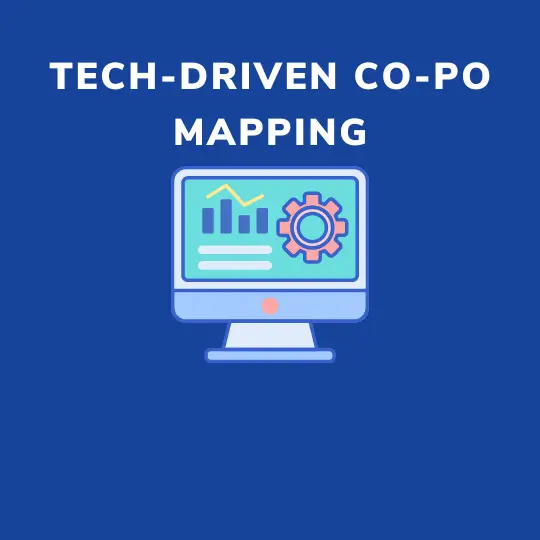
![Transforming Central Govt. Exams Evaluation: How Onscreen Marking is Leading the Charge [Case Study]](https://www.eklavvya.com/blog/wp-content/uploads/2024/04/How-Onscreen-Marking-Revolutionized-Central-Govt-Exams-Case-Study-1-150x150.webp)

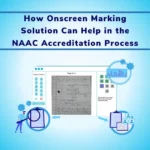

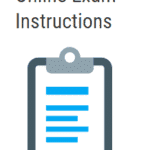











![How Onscreen Marking Revolutionized Central Govt Exams [Case Study]](https://www.eklavvya.com/blog/wp-content/uploads/2024/04/How-Onscreen-Marking-Revolutionized-Central-Govt-Exams-Case-Study-1-300x300.webp)

